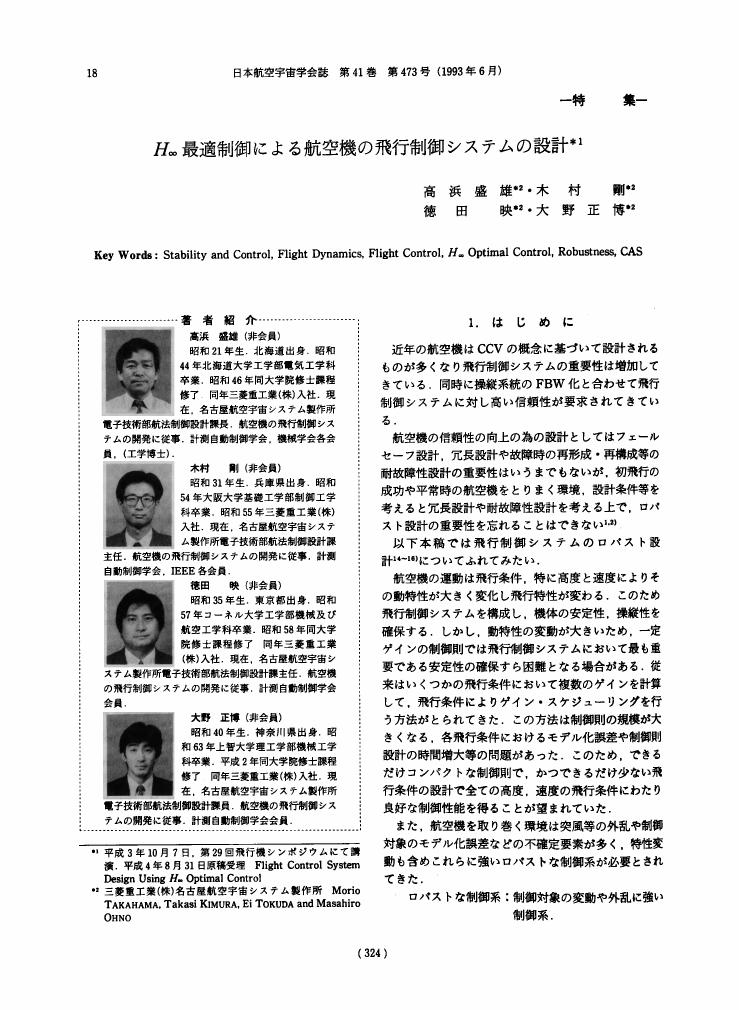- 著者
- 大野 正博
- 出版者
- 朝日大学
- 雑誌
- 朝日法学論集 (ISSN:09150072)
- 巻号頁・発行日
- vol.33, pp.74-44, 2006-04-30
1 0 0 0 OA ごみに対する「遺留物」としての領置の適法性
- 著者
- 大野 正博
- 出版者
- 関西法政治学研究会
- 雑誌
- 憲法論叢 (ISSN:24330795)
- 巻号頁・発行日
- vol.16, pp.153-178, 2009-12-22 (Released:2018-01-10)
This article aims to investigate the legality of retaining waste as left property which was determined by the Supreme Court on April 15, 2008 based on discussions in the United States, such as California v. Greenwood, 486 U.S. 35 (1988). Criminal Procedures Law Article 221 is provided for "A public procurator, a secretary of the public procurator's office, or a policeman may retain an article or articles left by the suspect or other persons, or produced voluntarily be the owner, possessor, or custodian." The Supreme Court entered a judgment in which it acknowledges that if the investigation authority renders the necessity of examining discarded disposable waste at waste collection locations on public roads, based on Article 221 in the Code of Criminal Procedure, the investigation authority may retain such waste as left property. Conclusively, this judgment was appropriate in general. However, there are some problems in views of (1) authorization of possession renouncement and (2) privacy right protection for the persons who disposed the waste. It is considered impossible to seize such waste though it is "left property." If the waste is considered to be important evidence, then it is rather appropriate for the investigation authority to proceed with the seizure. We await accumulation of judicial cases which maintain the balance between "the necessity of investigation" and "privacy right protection of the disposers."
- 著者
- 大野 正博
- 雑誌
- 朝日法学論集 = The Asahi law review, Asahi University School of Law (ISSN:09150072)
- 巻号頁・発行日
- vol.43, pp.119-152, 2012-10-31
- 著者
- 大野 正博 松本 智保
- 出版者
- 山口県立大学
- 雑誌
- 山口県立大学学術情報 (ISSN:21894825)
- 巻号頁・発行日
- no.13, pp.23-28, 2020-03-31
大豆加工品の中でも豆麹は蒸煮大豆に麹菌を繁殖させ製造したものであり、味噌や醤油の原料として使用されている。大豆加工品には血圧抑制活性の指標とされるアンジオテンシンⅠ変換酵素(ACE)阻害活性や抗酸化作用の指標とされる DPPH ラジカル消去活性があると報告されている。そこで本報では、タンパク質含有率が中程度の品種であるタチナガハおよびタンパク質含有率が高い品種であるサチユタカの2 種類の大豆を用いて豆麹を作製し、大豆の品種差異が豆麹のACE 阻害活性、およびDPPH ラジカル消去活性に与える影響について比較検討した。その結果、予想に反してサチユタカ由来の豆麹よりタチナガハから作製した豆麹のACE 阻害活性が高かった。また、タチナガハから作製した豆麹の DPPH ラジカル消去活性よりもサチユタカ豆麹の活性のほうがより高かった。Among processed soybeans, soybean koji is produced by breeding koji mold on steamed soybeans and used as raw materials for miso and soy sauce. It has been reported that processed soybeans have angiotensin Ⅰ conversion enzyme (ACE) inhibitory activity, an indicator of blood pressure suppressing activity, and DPPH radical scavenging activity, an indicator of antioxidant activity. Therefore, in this report, we produced soybean koji using two kinds of soybeans, Tachinagaha, a cultivar with a medium protein content, and Sachiyutaka, a cultivar with a high protein content. And we compared the effects of soybean varieties on ACE inhibitory activity and DPPH radical scavenging activity of soybean koji were compared. As a result, unexpectedly, the ACE inhibitory activity of soybean koji prepared from Tachinagaha was higher than that of soybean from Sachiyutaka. In addition, the activity of scavenging DPPH radicals of soybean koji made from Sachiyutaka was higher than that of soybean koji from Tachinagaha.
1 0 0 0 OA 大豆リポキシゲナーゼの不活性化とその活用
- 著者
- 遠藤 浩志 大野 正博 丹治 克男
- 出版者
- [東北農業試験研究協議会]
- 巻号頁・発行日
- no.56, pp.255-256, 2003 (Released:2010-05-10)
1 0 0 0 毛髪の採取と薬物鑑定
- 著者
- 大野 正博
- 出版者
- 朝日大学
- 雑誌
- 朝日法学論集 (ISSN:09150072)
- 巻号頁・発行日
- vol.32, pp.144-99, 2005-06-30
- 著者
- 大野 正博
- 出版者
- 朝日大学
- 雑誌
- 朝日法学論集 (ISSN:09150072)
- 巻号頁・発行日
- vol.31, pp.XLV-LXI, 2004-09-30
1 0 0 0 OA ごみに対する「遺留物」としての領置の適法性
- 著者
- 大野 正博
- 出版者
- 関西憲法研究会
- 雑誌
- 憲法論叢 (ISSN:1343635X)
- 巻号頁・発行日
- no.16, pp.153-178, 2009-12-22
This article aims to investigate the legality of retaining waste as left property which was determined by the Supreme Court on April 15, 2008 based on discussions in the United States, such as California v. Greenwood, 486 U.S. 35 (1988). Criminal Procedures Law Article 221 is provided for "A public procurator, a secretary of the public procurator's office, or a policeman may retain an article or articles left by the suspect or other persons, or produced voluntarily be the owner, possessor, or custodian." The Supreme Court entered a judgment in which it acknowledges that if the investigation authority renders the necessity of examining discarded disposable waste at waste collection locations on public roads, based on Article 221 in the Code of Criminal Procedure, the investigation authority may retain such waste as left property. Conclusively, this judgment was appropriate in general. However, there are some problems in views of (1) authorization of possession renouncement and (2) privacy right protection for the persons who disposed the waste. It is considered impossible to seize such waste though it is "left property." If the waste is considered to be important evidence, then it is rather appropriate for the investigation authority to proceed with the seizure. We await accumulation of judicial cases which maintain the balance between "the necessity of investigation" and "privacy right protection of the disposers."
1 0 0 0 OA H∞最適制御による航空機の飛行制御システムの設計
- 著者
- 高浜 盛雄 木村 剛 徳田 映 大野 正博
- 出版者
- 一般社団法人 日本航空宇宙学会
- 雑誌
- 日本航空宇宙学会誌 (ISSN:00214663)
- 巻号頁・発行日
- vol.41, no.473, pp.324-329, 1993-06-05 (Released:2010-12-16)
- 参考文献数
- 16
1 0 0 0 OA 警察官がホテル客室で宿泊客に職務質問を行った際ドアが閉められるのを防止した措置が適法とされるとともに、ホテル客室において宿泊客を制圧しながら所持品検査を行って発見した覚せい剤の証拠能力が肯定された事例
- 著者
- 大野 正博
- 出版者
- 朝日大学
- 雑誌
- 朝日法学論集 (ISSN:09150072)
- 巻号頁・発行日
- vol.32, pp.71-98, 2005-06-30



